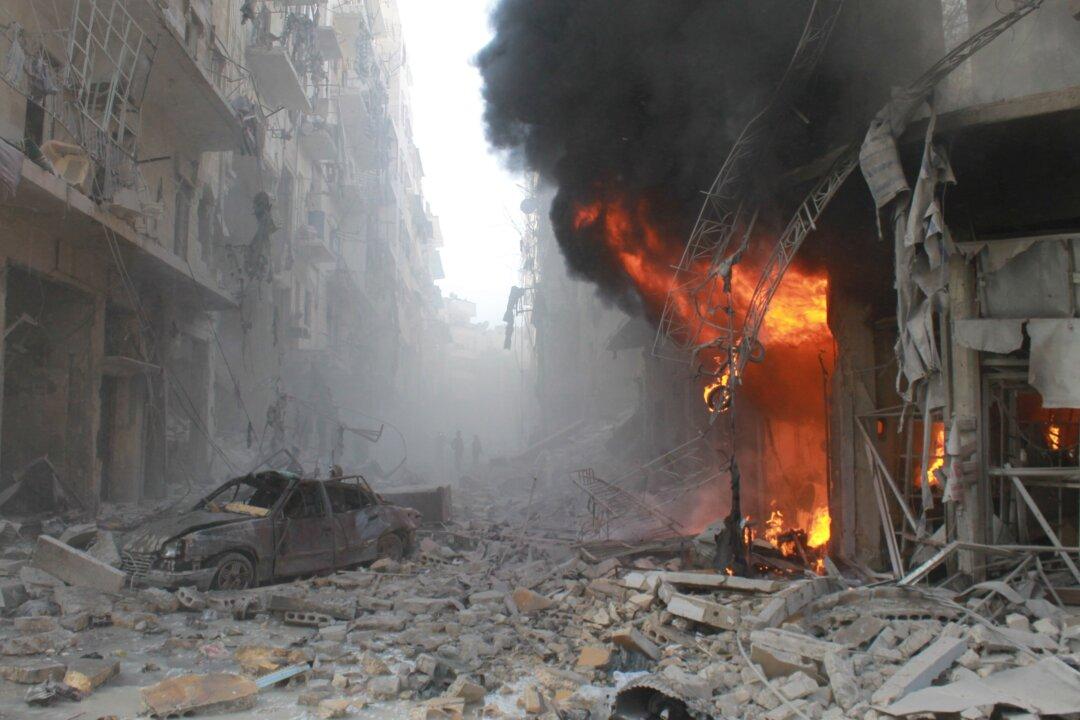Since 2012, the war in Syria has lurched from one escalation to another. Syrians have been subjected to large-scale military force not only by their own government, but also by an array of rebel groups, Islamic State (ISIS), a U.S.-led coalition, and other states. The results have been devastating, as the recent bombing of hospitals illustrates in particular.
Most of the international interventions came in the form of airstrikes, though this may change if reports that Turkey and Saudi Arabia are contemplating a ground invasion are true. Although these actions have triggered debate in legal circles, their repercussions for the way force is used haven’t got much attention.
The interventions in Syria may have deeply affected the norms that define the architecture of global security.
